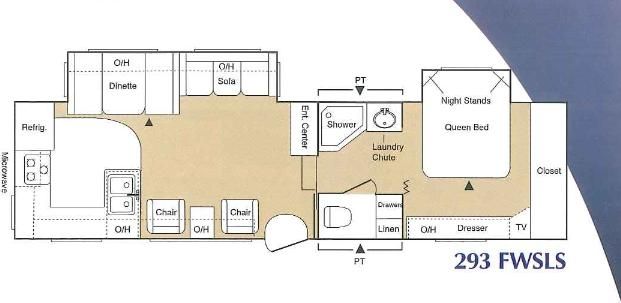Second_Chance
Apr 02, 2014Explorer II
Weights and capacities - Sierra 2500HD D/A
I have another thread going over on the 5th wheel forum as my wife and I contemplate retirement (2nd time around) and we consider going full-time (or most-time) in a fifth wheel. ken56 has a good thread going on this forum started earlier today about weights and capacities on his '14 Silverado 1500. I also pulled my truck across the scales yesterday on the way home. Here's the combination of the results and the specs from the manuals and stickers:
2013 GMC Sierra 2500HD Crew Cab SLT, Duramax/Allison
Rating Spec Scales* Reserve Capacity
GCWR 24,500 7,520 16,980
GVWR 10,000 7,520 2,480
GAWR FRT 5,200 4,440 760
GAWR RR 6,200 3,080 3,120
Tires 6,390 3,080 3,310
Max 5th wheel 17,400
Max pin 3,000
* Includes:
Fuel 255
Driver 208
Undercover tonneau 90
I estimate that removing the tonneau and installing a slider hitch would net another 160 lbs. and I'd need to figure in my wife and miscellaneous stuff that would get thrown in the truck, as well.
The question is this: how close to the remaining 16,980 GCWR and 2,480 on the GVWR (although there are 3,120 lbs. remaining for the rear axle) would you go? I grew up in an earlier day and time with a father and grandfather that would advocate not pushing the limits on equipment. I also used to fly a lot (in the '70s before there were computers and apps to do things for you) and with that mode of transportation, if you didn't calculate your weights and density altitude numbers, it could cost you your life - not just break something on the truck or void the warranty. How about you? Would you stay a certain percent under the calculations or would you consider fivers that would take you right up to the numbers? Am I looking at the right numbers or would you see it a different way? I value your input.
Rob
2013 GMC Sierra 2500HD Crew Cab SLT, Duramax/Allison
Rating Spec Scales* Reserve Capacity
GCWR 24,500 7,520 16,980
GVWR 10,000 7,520 2,480
GAWR FRT 5,200 4,440 760
GAWR RR 6,200 3,080 3,120
Tires 6,390 3,080 3,310
Max 5th wheel 17,400
Max pin 3,000
* Includes:
Fuel 255
Driver 208
Undercover tonneau 90
I estimate that removing the tonneau and installing a slider hitch would net another 160 lbs. and I'd need to figure in my wife and miscellaneous stuff that would get thrown in the truck, as well.
The question is this: how close to the remaining 16,980 GCWR and 2,480 on the GVWR (although there are 3,120 lbs. remaining for the rear axle) would you go? I grew up in an earlier day and time with a father and grandfather that would advocate not pushing the limits on equipment. I also used to fly a lot (in the '70s before there were computers and apps to do things for you) and with that mode of transportation, if you didn't calculate your weights and density altitude numbers, it could cost you your life - not just break something on the truck or void the warranty. How about you? Would you stay a certain percent under the calculations or would you consider fivers that would take you right up to the numbers? Am I looking at the right numbers or would you see it a different way? I value your input.
Rob
